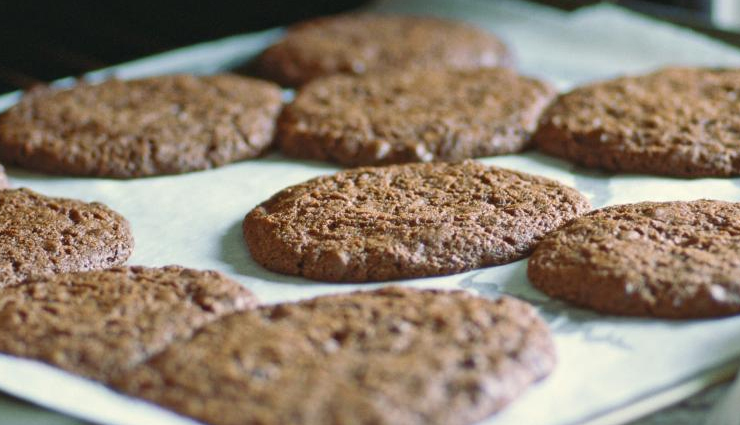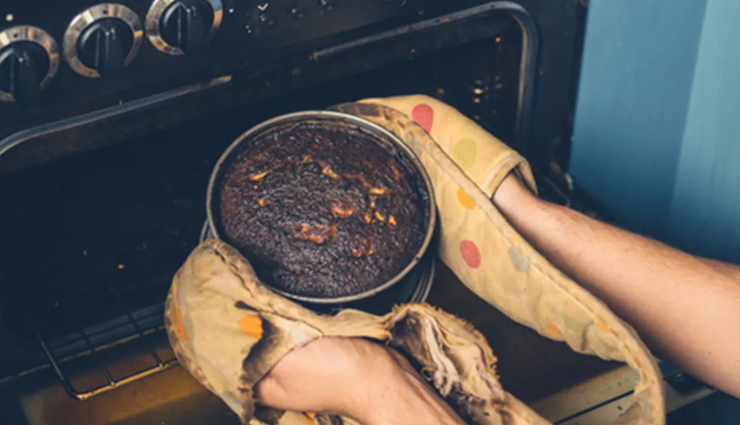Two Tricks To Keep Baked Goods From Burning
By: Priyanka Maheshwari Mon, 05 Aug 2024 10:30:32

One of my favorite everyday treats to make is a simple loaf cake—my second favorite being an un-iced bundt cake. Both are casual snacking at its best, and both run the risk of over-browning in my rental apartment oven. It's not their fault—they're deep cakes and those require longer cooking times— but over-browning can dry out your cake, and I simply won't stand for it. Preventing over-browning couldn't be easier—all you need is an extra sheet pan.

Why do my cookies and cakes burn?
Everything can be spot-on and yet a cake will emerge overcooked. There are several reasons your cookies, cakes, or pies might brown too fast, or even burn before the interior is finished. Older ovens or lower quality ones can have "hot spots" that throw off your temperature goals, your sheet pans may be made of cheap thin metal, and it could just be an inherent downside to the item you're baking. For example, it's not uncommon for loaf cakes to take an hour or more in the oven. The bottom and sides, which are in direct contact with the baking pan, are going to cook and also brown first before the center even gets going.
Use additional sheet pans to buffer the direct heat
If you notice the bottoms of your first tray of cookies are over browning, or remember that this same cake recipe gave you trouble in the past, just put an extra sheet pan under the cake. If you don't normally bake pies and cakes with a sheet pan underneath, start with one and see how it goes before adding a second. Doing that adds one more layer, though thin, between the cake batter and the hot metal grate that it's sitting on. It sounds like no big deal, but it actually makes a big difference. (And isn't that exactly what a good hack is all about?) For the second sheet pan, if it's smaller in size than the one above it, it's better at doing what it is supposed to do: insulating the base of the cake through the air pocket it creates beneath it.





